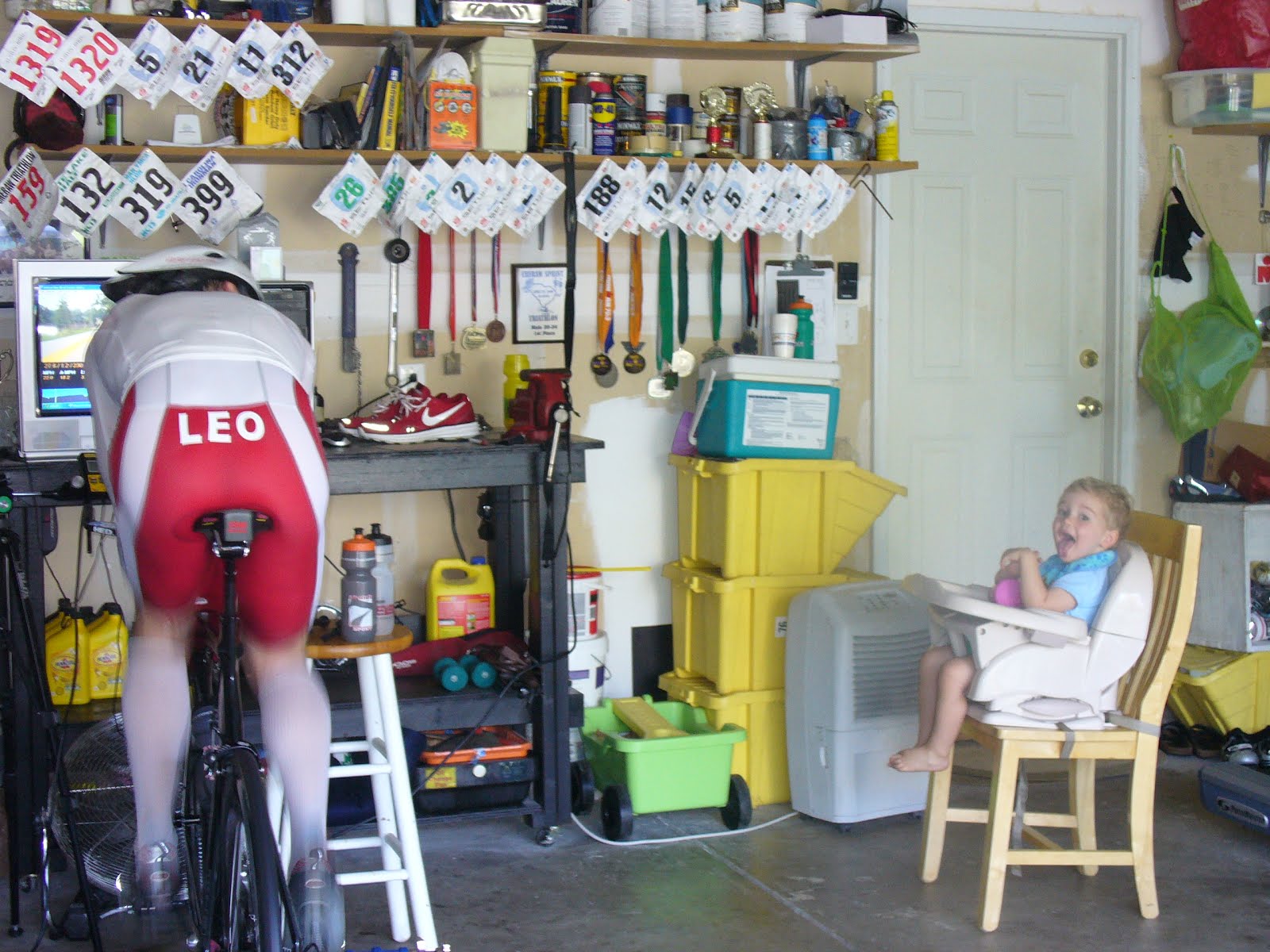I created this run baseline test for several reasons:
(1) To help promote sound pacing for all participants.
(2) To help validate current fitness level for all participants.
(3) To stress high end aerobic energy system development for all participants.
Lets take a few minutes to elaborate on each of these points.
Learning How To Pace:
Many athletes have one or two gears to pull from. One is an 'all day long' pace and the other is 'all out'. Splits may look like this for the first gear: 23:24, 23:30, and 23:18 (1:10:12 total time). Splits at the other end of the spectrum could look like this: 16:38, 17:35, 18:20 (52:33 total time). As you can see, this second example does not reflect good pacing from the onset. If he/she were to have held back to say a 17:00 one could speculate that the other two splits would have been more likely to be in the neigborhood of 17:20, 17:35 (51:55 total time; 38 seconds faster). So, it is important to learn how to throttle down and not throw it all out in the first effort. This carries over to real world racing as well. If one does not learn how to split up an event accordinlgy they will likely be less potent on the back half of the race.
I'd encourage all participants this Saturday to target a pace that promotes steady splits to descending splits.
Fatigue Resistance and Fitness Level:
The second focal point of this test ties into the first topic. The athlete who is best able to resist fatigue will be able to throw the most consistent splits at high end speed. Lets use an example to illustrate this.
Athlete "A" can run at 90% of his lactate threshold (LT) for 1 hour and 15 min without much deviation in his pace. In fact, his respiratory rate (RR) and HR response is pretty stable and there is very little upward trending (assuming a 0% grade and constant conditions). Oxygen saturation (O2Sat) stays stable as well up to this duration. He is able to hold a steady 5:45 min/mile pace at 90% of his LT.
Athlete "B", on the other hand, is only able to operate at about 65% of his LT for about 30 min. Post 30 min his HR climbs significantly, his RR becomes labored, O2Sat drops to 93, and pace dwindles to a walk post 30 min.
In the example above, athlete A would be more likely to tolerate one hard effort after another at or very near to his LT. There would be very little deviation from one 5K to the next. Moreover, one could argue that athlete A is more fit then athlete B.
Lastly, it is fair to say that athlete A has a greater ability to resist fatigue at a higher % of LT.
All of this will be further validated by the pace exhibited from the first to last 5K effort on Saturday by each participant.
Good Stress/Stimuli:
As I eluded to above, there is a tendency to fall into a comfortable pace and stay there by many runners. This approach to running/training will promote one speed and be more likely to lead to stagnancy for the athlete. This test will expose athletes to an intensity (if they so desire) that they may not have tasted before. The variable at play here, of course, is where one is starting from. For Saturday, I will be encouraging the relatively inexperienced athlete to run at a moderate to comfortably hard pace for each effort. For the more experienced athlete I will be encouraging them to hold a pace that is between 5K to 10K pace. Clearly, each athlete will have a different fitness level, varying fatifue on their legs, and goals (short and long term). All of these variables will impact how they approach each 5K. There will not be any lollygagging going on here.
I look forward to seeing each of you Saturday morning. Come ready to test the body and mind and to baseline for the 2011/2012. The 2012 season begins now.
Enjoy the process,
Coach L

Sounds like an interesting test. I'm not sure I've done a workout quite like that before.
ReplyDeleteIt will be fun Mark...I look FWD to seeing you out there!
ReplyDeleteHow'd it go coach? Any HCP World Records?
ReplyDelete